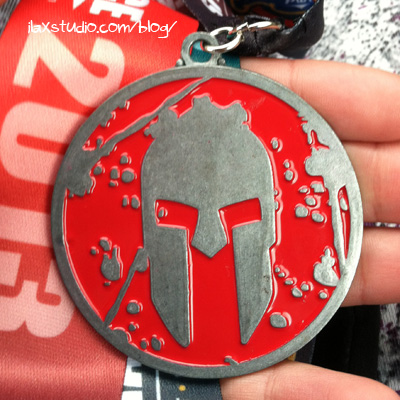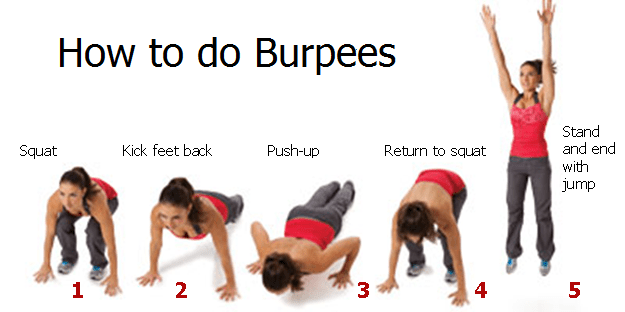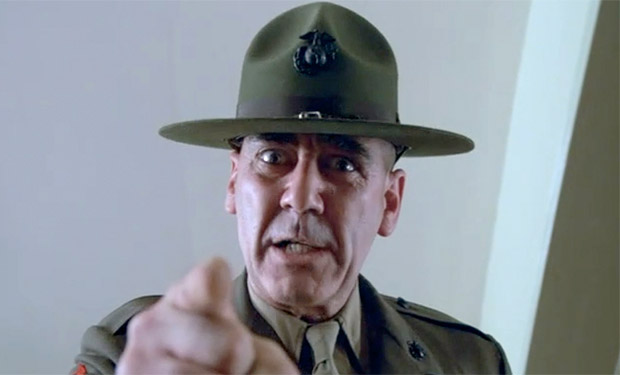 Tough Mudder
Tough MudderFor Tough Mudder number six, and my final yellow headband, I wanted to run in a different location. So, the same weekend that the Tough Mudder was being run in WV (I've already run at that venue twice), I opted to run the Seattle event. This was the first time I'd run a Tough Mudder out of the VA area.
Overall, I have to say that while I enjoyed running the event, I wasn't too impressed with the course. The course was 10.8 miles in length, and largely flat. Early on in the course, there were a lot of backups at obstacles, particularly at the Carry Your Wood obstacle. I was running solo, so I grabbed a log and went around the backup, being careful to not bump anyone with the log. The reason for the backup was that the underbrush was pushed over more than it was bushhogged, so folks were going slow and being careful.
In other instances, such as running around the pond and through the woods, the path was so narrow that you couldn't pass anyone...so if someone opted to walk, everyone behind them was pretty much relegated to walking, until we could get to someplace that allowed others to go around them.
In that regard, there are still issues with course layout...but I guess that's simply going to be an issue at any event. While there weren't as many backups and delays at obstacles this time around (as there were in VA Tough Mudder in Doswell, VA, in June...), it still took about 15 or more minutes of waiting to get through the Balls to the Wall obstacle. There was one obstacle near the end of the course where we had to go to the top of a peak (the only peak in the area...), turn around and come back down, and then get back down to the course level by climbing down a mud cliff on a rope. We were so backed up that the course managers came to told us that we could return to the bottom of the hill and proceed on the course, which most of us did promptly.
I continue to see pictures of other Tough Mudder events at other locations, and see the new obstacles that they're bringing to some locations, and wonder why we're not seeing them at more locations. Looking at pictures of other events, such as the Tri-State Tough Mudder, I see the rings that were an obstacle on the Legionnaire's Loop at the VA Tough Mudder...but why weren't they, or something like them, also on the Legionnaire's Loop at the Seattle Tough Mudder? I think it's great that there are many of the traditional Tough Mudder obstacles...I love it...but if TMHQ is going to come up with new obstacles in 2015 (I've already started seeing the emails) then lets see of the new obstacles (as of 2014) in the courses.
Overall, I really enjoyed the event. The venue was easy to get to, easy to park and get to the main area, very easy to get through registration. The course had plenty of great obstacles, and the course layout meant that spectators got to see lots of the competitors.
What I have noticed is that more events have started including a mini course for the kids. I saw this at the DC Spartan Sprint, the Seattle Tough Mudder, and at the next event, the Savage Race in MD. I think that this is a great way to get kids involved, keep them entertained, and I think that this is really going to make physical fitness the new "normal" for a large percentage of Americans.
Savage Race
I ran the Savage Race this past weekend, held in Kennedyville, MD, again. Due to the weather, this one was different from the one run at the same location in July 2013...the cooler temperatures meant that the course didn't need to be shortened.
Another change to this event was the removal of the shock obstacle. Last year, toward the end of the event, there was a low crawl obstacle where you alternated crawling under barbed wire, and then under charged wires hanging down. Last year, I caught one in the back of the head, and it felt like someone had taken a croquet mallet to the back of my head.
The Savage Race feels like an event in search of an identity. I say that because while the Savage Race has it's own signature obstacles like the Colossus, it's a variation on the Tough Mudder Everest. In fact, several of the obstacles this time around were variations on obstacles seen at other events, such as the Spartan Races or the Tough Mudder. Don't get me wrong...there were a number of obstacles unique to the Savage Race, and I fully understand that there are limitations on the obstacles based on things like terrain, available materials, etc. I do think that the first step in the right direction for the Savage Race was to get rid of the shock obstacles. Seriously...when I saw that email come out, I was relieved. When I started running events in Oct, 2011, I didn't get shocked at all...and when I got my first shock, I was like, "Okay." But by the second or third time I took a shock to the back of the head and woke up on the ground, I'd had enough. I was very happy when the Tough Mudder established the Legionnaire's Loop in 2014, and allowed Legionnaires to bypass the ElectroShock Therapy obstacle.
I really think that are some great opportunities for OCR events to continue developing their own "flavor". One event that I really felt was a departure from the "norm" was The Big Hooyah. While I didn't run this even this year, I plan to try to get it in in the future, along with other events like the BattleFrog.
Overall, I really liked the Savage Race...the venue was easy to get to, parking was easy to get into and out of (even with the rain). The main area was pretty populated, and the course was well planned and laid out. There really weren't any concerns with backups at obstacles. There were plenty of places were folks tried an obstacle, and if they didn't make it, moved on. All obstacles allowed folks who really felt that they couldn't do it to bypass and go around, which really worked to keep things moving. I would definitely do this event again next year.
One final note is something I really liked about the course layout this year. Last year, in the warm of the summer, the final obstacle of the course included crawling through the mud, and when you got done, the shower facilities were...well...pretty lackluster. This year, the course finished up with the Colossus (which is perhaps the signature Savage Race obstacle), and then jumping over fire. What this meant was that after all the mud, you finished up with a pretty good (and forcible) rinse off. I really think that made all the difference this time around.

GoRuck
I recently ordered and received a GoRuck GR1 pack (right). At the moment, I'm not looking to do a GoRuck event...what I'm going to use this for is for training, particularly over the winter, by adding weight to some runs. This will be part of my winter training, which will also include a lot of other things to bump up my ability to do the longer events next year, and beyond.













